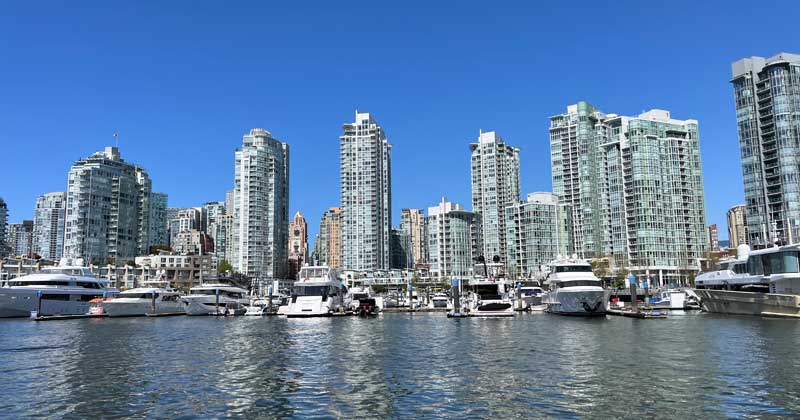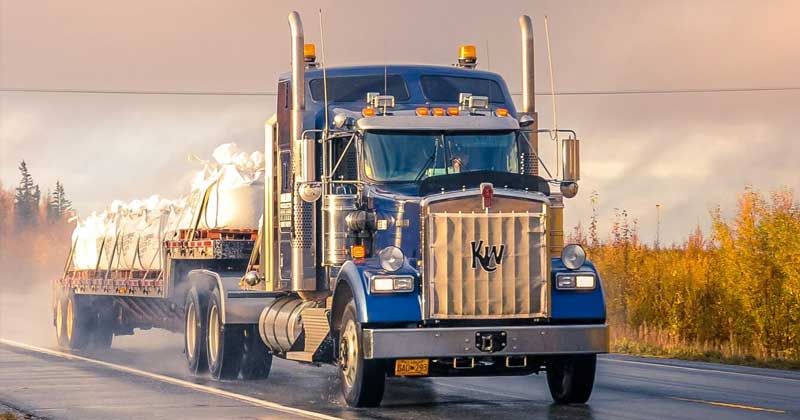A wildfire near Hay River is still threatening the city

But the situation is "brighter" than it could be, as local authorities claim.
The mayor of the Northwest Territories town of Hay River, Kandis Jameson, describes the situation with the wildfire burning in threatening proximity to the town as more upbeat than what was initially expected. Reminder that local residents were actively evacuated from Hay River this week because it was expected that the wildfire could reach the town as early as the weekend. Nearly all residents who are not firefighters have been evacuated from the town. Kandis Jameson reported that there are still approximately 100 civilians in Hay River, but there are 2 additional Coast Guard ships in port in case they need to be evacuated.
The wildfire is still out of control, moreover, it destroyed a cabin and travel trailer on the shore of Great Slave Lake. However, it has done far less damage to the community than was expected as recently as the night before, according to the mayor of Hay River.
The water treatment plant, which cost several million, is still operational, and there were reportedly no reports of fatalities through Saturday afternoon, which Jameson called a "big win."
"So we have a much better and brighter situation than it might have been," Jameson summarized during Saturday's virtual press conference.
She also expressed gratitude to the firefighters who worked tirelessly to fight the fire and whose efforts resulted in little destruction in the region.
As of Saturday afternoon, the fire was burning just one kilometer west of the local airport and one and a half kilometers west of downtown Hay River. The fire had an area of nearly 4,000 square kilometers. The fire was also burning just 3 kilometers east of the community of River Woods Estates, 7 kilometers south of K'átł'odeeche, home to indigenous people, and 12 kilometers southeast of Kakisa.
It is also reported that the wildfire has already reached Patterson Road and Paradise Garden, damaging several structures in the latter.
The Northwest Territories government said northerly winds are expected Saturday, which in many areas will push the fire away from communities, improve visibility and limit the fire's advance toward Hay River and the community of K'átł'odeeche. Nevertheless, the risk remains that Hay River and the surrounding area could be threatened.
Local officials say 200 firefighters, 10 helicopters, 19 pieces of heavy equipment and several air tankers were battling the fire Saturday.
Other regions in the Northwest Territories were also still under fire. In the South Slave Region, fire risk was forecast to remain high in the communities of Fort Resolution, Fort Providence, Fort Smith and Enterprise on Saturday. The Wood Buffalo Complex wildfire, 4,683 square kilometers in size, was burning about 3.5 kilometers south of Fort Smith and 2.5 kilometers from the Bell Rock region and a little over 4 kilometers from Thebaca.
The North Slave Region is forecasting a high risk of fire danger for the communities of Lutsel Ke, Wekweeti, Whati and Gameti. Fire danger remains extreme in Yellowknife and Behchoko.
More than 360 people are fighting the fires in these regions, including members of the Canadian Armed Forces, 17 helicopters, 4 air tanker teams and heavy equipment.
The Behchoko/Yellowknife fire, also named ZF015, remains about 15 kilometers from Yellowknife and is about 1,700 kilometers in size.

















